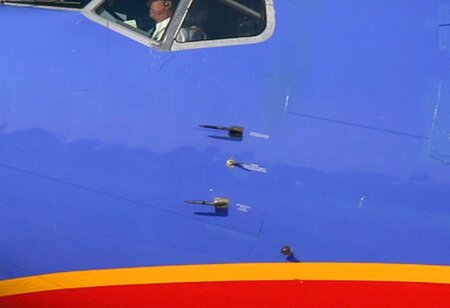- Admin
- #136
Offline
A pitot tube can definitely get clogged. In fact it's part of the walk around pre-flight check to visually inspect it for possibly having something plugging the opening. The sensitivity of the bellows in the airspeed indicator can very easily be affected by anything inhibiting the air pressure at the pitot opening.
Sorry, that's my bad on "it".
I meant, obviously the Angle of Attitude sensor wouldn't clog. It doesn't have a hole, right? Just comparing the simplicity of how some of these sensors/gauges can fail.


